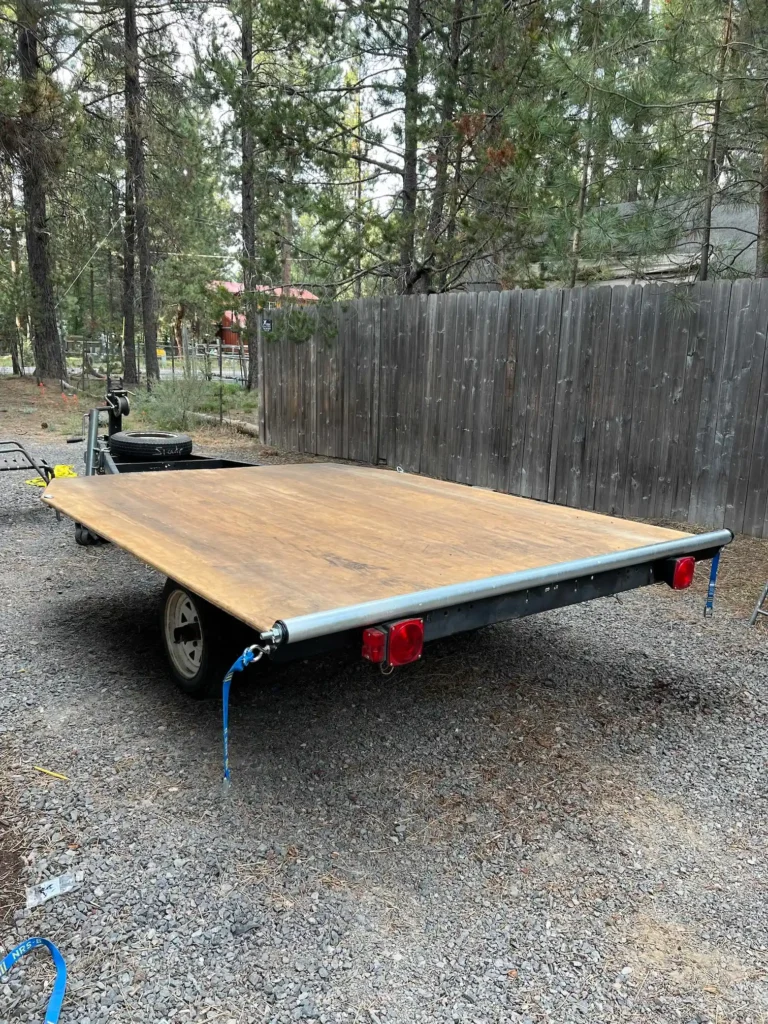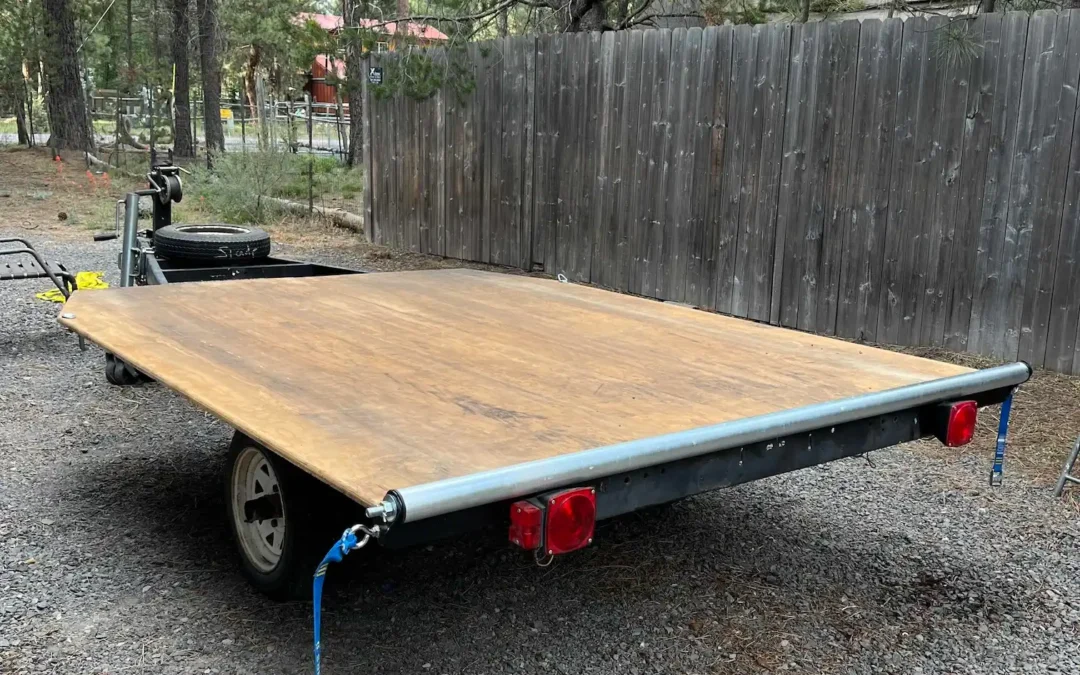Loading your raft shouldn’t be the hardest part of your day on the water. Whether you’re solo loading or just trying to save your back (and your raft) from wear and tear, adding DIY raft trailer rollers to your setup is one of the simplest upgrades you can make. This guide breaks down the best roller options—ranging from budget-friendly to pro-grade—along with what you’ll need to get each system dialed in.

Why Add Rollers to Your Raft Trailer?
Before we dive into the product options, here’s why rollers are worth it:
- Protect Your Raft: Prevent scraping the hull or dragging it over metal and gravel
- Load Solo with Ease: Rollers let one person load or unload without struggle
- Speed Things Up: Faster setup and breakdown at the ramp
- Save Your Back: Reduce the heavy lifting, especially with gear-loaded boats
Best Options for DIY Raft Trailer Rollers
1. Driftboat Parts Roller Trailer Raft Base (RTRB)
This is arguably the best-performing and most affordable option available for rafters who don’t mind a bit of DIY. The RTRB features a professional-grade roller base but is sold as a modular component. To make it work, you’ll need to:
- Cut conduit (2′ Metal EMT) to the width of your trailer
- Fabricate or purchase mounting brackets
- Buy a few bolts, nuts, and washers to secure everything
While it does require some light fabrication, the end result is a clean, solid roller system that looks great and performs reliably.
Pros:
- Most cost-effective for the quality
- Proven design specifically for raft trailers
- Durable, smooth operation
- Professional appearance when fully assembled
Cons:
- Requires cutting conduit to size
- Mounting brackets not included
- Needs basic tools and DIY hardware assembly
Best For:
DIYers who want the best performance at the lowest price and are comfortable sourcing brackets and hardware separately.
2. Amazon Boat Trailer Roller (Keel Style)
This Amazon option offers a quick, out-of-the-box solution with minimal fabrication. It’s a standard keel roller commonly used on boat trailers and includes its own mounting bracket. While not designed specifically for rafts, it can be adapted for light-use raft setups.
Pros:
- Budget-friendly
- Minimal installation work
- Bracket included
Cons:
- Narrow roller width not ideal for larger rafts
- Not designed for rafting applications
- Less durable under heavy use
Best For:
Rafters looking for an entry-level or short-term roller option with minimal fabrication required.
3. Whitewater Worthy Roller Components
If you prefer to design a fully custom system, Whitewater Worthy offers premium individual components. Their anodized aluminum brackets and bearing sets let you build around standard 2″ bushings or large rollers. This is a higher-end route suited to experienced DIYers who want maximum control over every detail.
Pros:
- Premium, anodized components
- Modular design—build your perfect system
- Supports both wide and standard rollers
Cons:
- Higher cost
- Requires planning, cutting, and full assembly
Best For:
Experienced builders who want to create a custom raft roller setup with high-end parts.
Roller Installation Tips
- Choose Pipe Material Wisely: EMT conduit is cheap and easy to cut, but aluminum or PVC may offer better long-term durability depending on your use case.
- Use Lock Nuts: Prevent vibration loosening with nylon lock nuts or thread locker.
- Test Fit First: Before drilling anything into your trailer frame, test fit the roller position to ensure proper raft contact and alignment.
- Consider Mount Height: The height of your roller system can affect how your raft rides. Keep it low enough to roll on easily, but high enough to clear obstructions.
Final Thoughts
Adding DIY raft trailer rollers is one of the simplest upgrades that pays off trip after trip. Whether you go for a pre-built option like the RTRB, a quick-fix Amazon roller, or a fully custom build using Whitewater Worthy parts, you’ll save time, effort, and wear on your gear.
Want more DIY rafting tips and equipment guides? Subscribe to our newsletter or check out our DIY Raft Building Blog.

